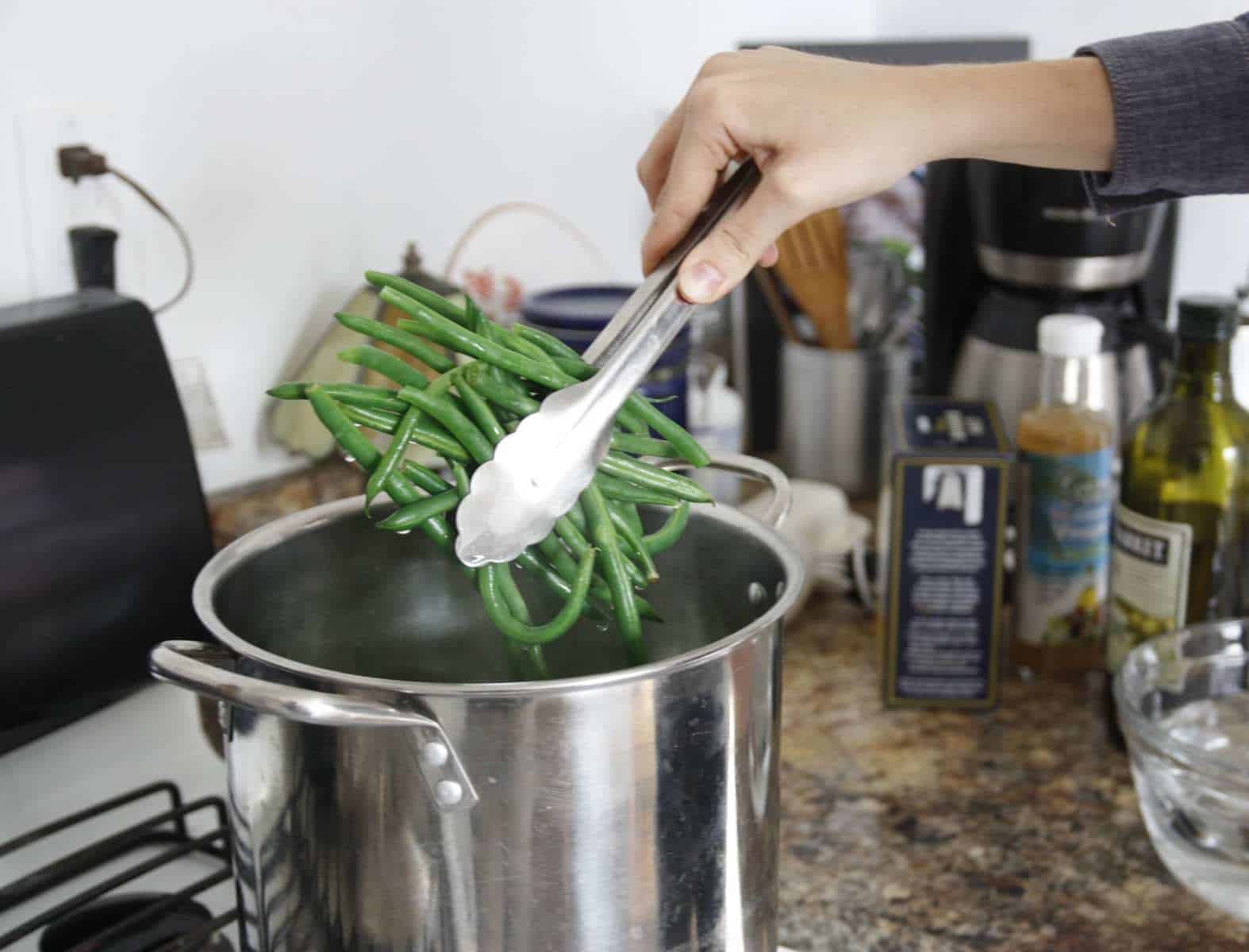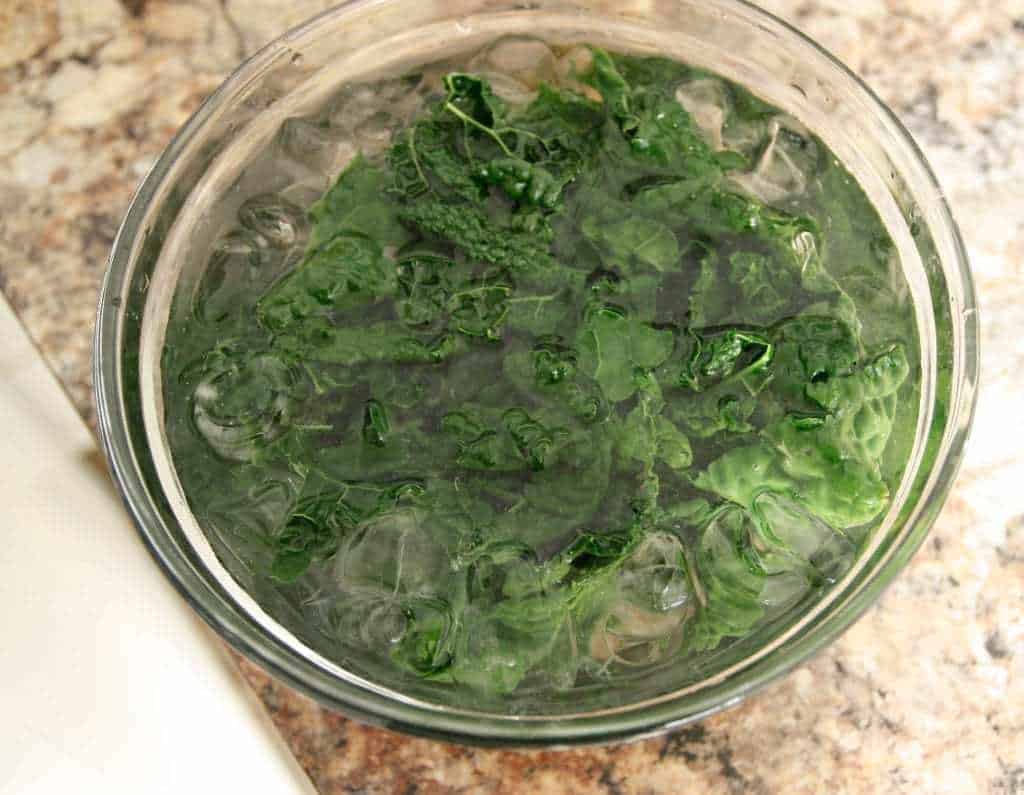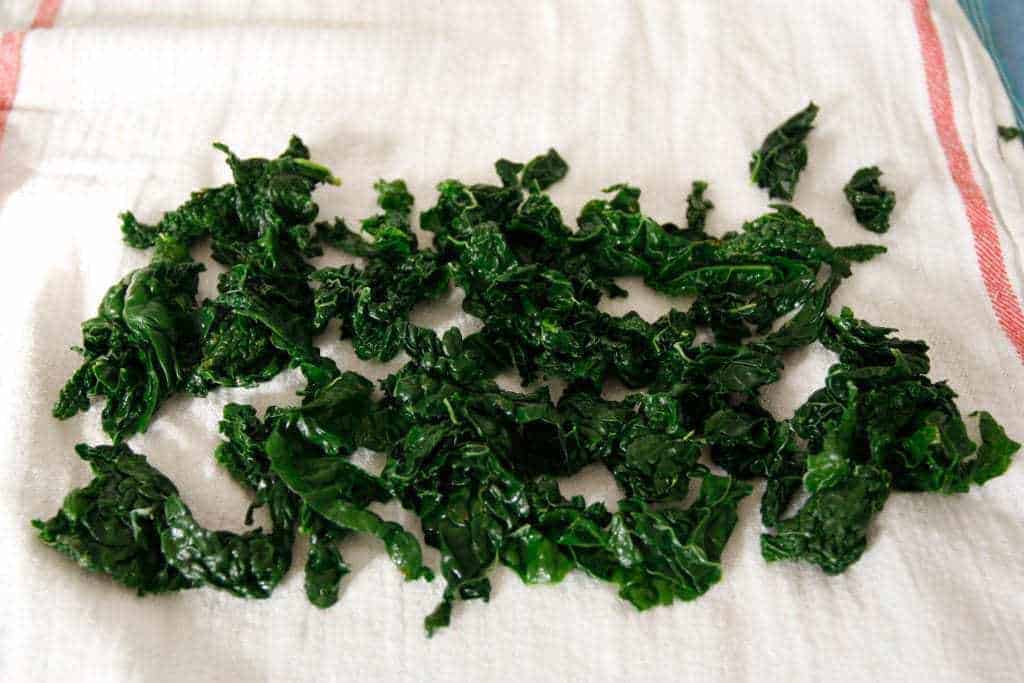 How to Blanch Vegetables
How to Blanch Vegetables
A great solution for gardens at their peak and bulk buying produce.
Guest Post by CARE Nutrition Intern, Jacqui Gabel
Photography: Jacqui Gabel
Problem:
Gardens fully producing, overbuying, or just overflowing with vegetables!
Tell me if this sounds familiar: I want to eat more vegetables daily, but I tend to buy more than I (or my family) can eat before they spoil, or I come home hungry and forgo adding enough veggies to dinner because I haven’t prepped them in advance.
Or, maybe this sounds more familiar right now? It’s August and my garden, and my friends’ gardens, and my local farmers’ gardens are all fully producing (what we wait for all year!) but I can’t keep up!
Solution:
Blanch and freeze
What is Blanching:
Blanching means quick-scalding vegetables in boiling water, then shocking them in an ice bath to preserve texture, color, vitamins, and most importantly, flavor. Less than twenty minutes of prep time will make it easier to put together quicker dinners, like stir fries and soups, while also prolonging the shelf life of your produce.
How to Blanch Vegetables:
- Bring a big pot of water to a rolling boil (cover with lid to speed this up). Add salt and taste: your water should be like seawater.
- Meanwhile, fill a large bowl with ice and cold water. Set it next to the stove, along with a pair of tongs.
- Add vegetables to boiling water. Once water comes back up to a boil, start the clock. Most vegetables take between 2-4 minutes to blanch. See this website for a blanching time chart.
- With tongs, transfer vegetables to ice bath to stop the cooking process.
- Drain and squeeze excess water from vegetables (I like to pat them dry with a clean towel).
- Portion and pack in freezer-safe plastic bags, and be sure to squeeze out as much air as possible to discourage freezer burn.
Try:
Blanched green beans, broccoli, broccoli rabe, cauliflower, beets, sugar snap peas, leafy greens – the possibilities are endless!
What do you think about this method? Have you tried it at home?
~Jacqui





Oh! And that’s lacinato kale in the picture. And yes, you could absolutely blanch spinach.
Hi Diane! I’ve wondered too which vegetables could be blanched and which couldn’t. The answer seems to be that all can be, so yes! Carrots and zucchini love to be blanched. It’s the blanching time that varies and matters.
From the National Center for Home Food Preservation:
“The blanching time is very important and varies with the vegetable and size. Underblanching stimulates the activity of enzymes and is worse than no blanching. Overblanching causes loss of flavor, color, vitamins and minerals.”
Another tip on blanching leafy greens that I recently learned from friends who operate a vegetable farm: after ice-shocking greens, squeeze the water out and shape into tight balls for easy portioning. Then freeze in airtight plastic bags.
Here’s a link to a PDF of blanching times that can be printed out and kept handy if that helps. I’m going to do that myself, actually, as I’ve got a crisper drawer full of various vegetables now that need attention. Thanks for the inspiration :)
http://www.extension.umn.edu/food/food-safety/preserving/vegetables-herbs/blanching-vegetables/docs/blanching-vegetables-updated.pdf
An answer to my prayers! Thank you for this post. I’ll confess, i did not go to the website but does this work for carrots and zucchini? Guess my question is what veggies does this not work for? Is that kale in the picture? can you do this with spinach?